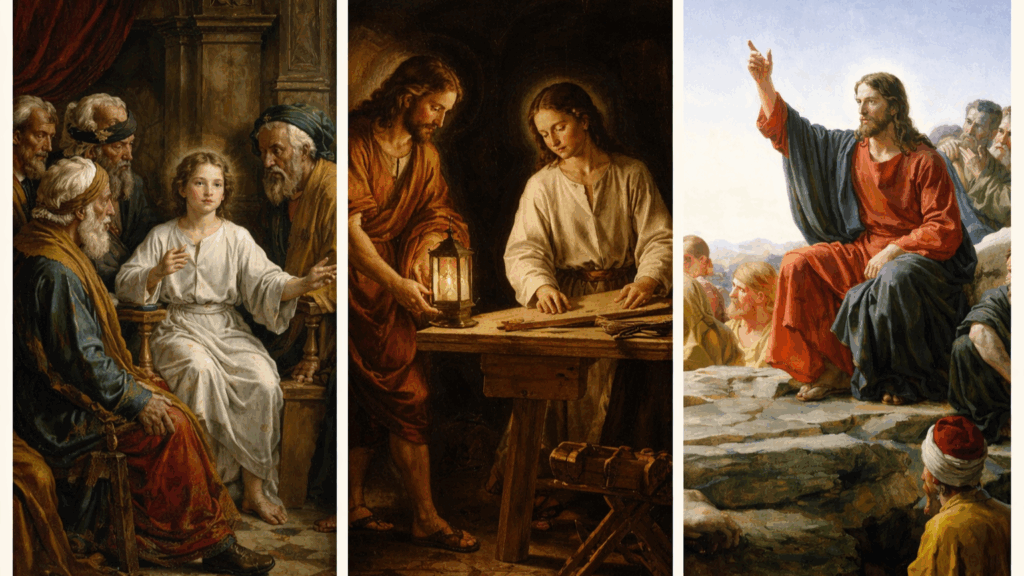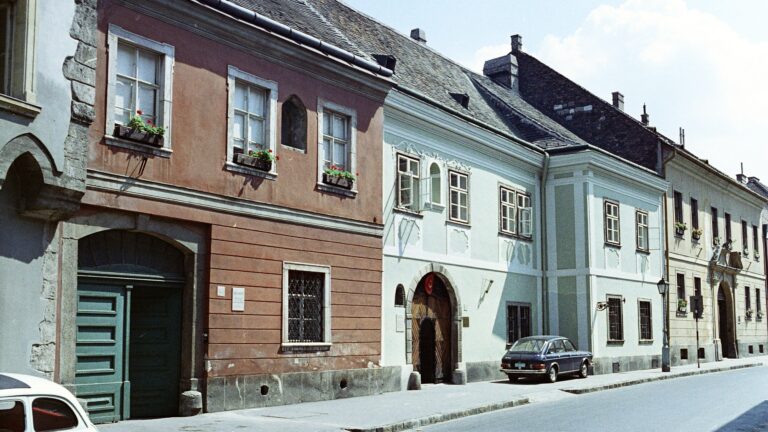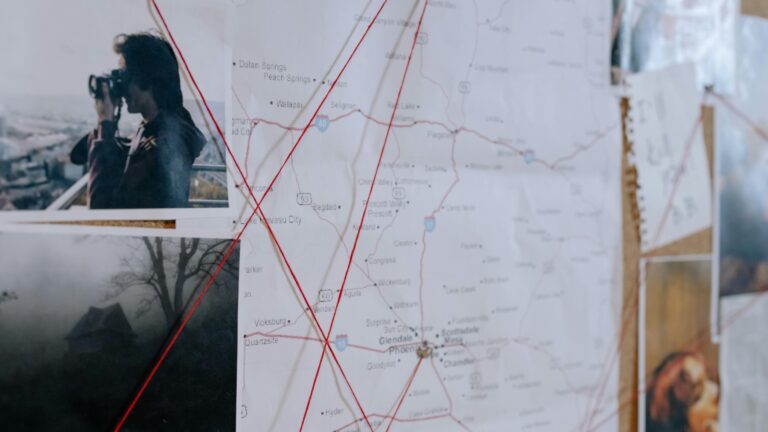For two centuries now historical narratives have been shaped by nationalist historiography. This has also blindfolded both the Slovaks and the Hungarians to the fact that earlier it used to be the spiritual unity of peoples that held paramount importance, not supposed common origin or language. In the view of Hungarian historian, literary translator, linguist and Slovakologist István Käfer (1935–2024), recognizing that the legacy of the Crown of Saint Stephen belongs both to modern-day Hungary and Slovakia is equally difficult to grapple with for both nations, but is pivotal to our spiritual reconciliation.

Today, Slovaks are heirs to the kingdom of St Stephen, just like Hungarians. However, it remains a question of who is more terrified by that fact—the Hungarians, who feel that their Crown might be taken away from them, or the Slovaks, who are afraid of sharing in all the good and bad connotations associated with it.
This is a take on the matter of István Käfer, Hungarian historian, literary translator, linguist and Slovakologist, a recipient of many honours and awards, including the Officer’s Cross of the Hungarian Order of Merit and the Péter Pázmány Award. Albeit his ideas might appear controversial to the conservative camp, his points are grounded in the religious background and traditions of the so-called Regnum Hungariae, the historical Hungarian Kingdom.
As argued in one of his essays available in English, the northern neighbour of Hungary is somewhat of a blind spot for the Magyars, and the same is true vice versa: the land of the former ruling nation is terra incognita to Slovakians. Remaining sometimes mutually oblivious to the actual history of the other, and at times knowing more about Tunisia or Madagascar than about each other, this lack of knowledge is further obscured by the grudges and resentment the two nations hold towards one another.
‘Nations can’t forever live in a state of mutual distrust, nor can they ignore each other’
These problems have not appeared out of thin air. It is true that Slovaks were oppressed nationally and linguistically during the times of the monarchy, and their maturation as a nation was delayed by Hungary.
Then, along with many other lands, Slovakia was “lost” for Hungary following the Treaty of Trianon. These territorial and cultural losses caused the most devastating national trauma to Hungary in its entire history, and the wounds have not completely healed to this day. It is no secret that at times the Slovak—or more precisely, Czechoslovak—authorities took their historical grievances out on the ethnic Hungarian minority.
Without a doubt, though, nations can’t forever live in a state of mutual distrust, nor can they ignore each other. We need to build the foundation for forgiveness, for reconciliation in our souls and minds. And the building material for this foundation is way closer than we might think. It is grounded in our common history—in the legacy of the Kingdom of Saint Stephen.
For István Käfer, one of the elements that has historically united both Slovakia and Hungary is, surprisingly, the language. Bálint Balassi, for instance, a crucial figure in Hungarian renaissance poetry, wrote his works in Hungarian, but he knew Slovak very well, which greatly influenced his thinking and the way he used the language. Cardinal Péter Pázmány, often referred to as the creator of the Hungarian literary language, also had a significant influence on the development of the Slovak language, by not only allowing, but encouraging its use in Catholic prayers.
Many of the Slovak religious prayer books were in fact printed in Esztergom: they are known as Estrihom in Slovak, and can be found, together with their Hungarian and Latin counterparts, on the pages of the same missals, such as the Cantus Catholici, edited by Jesuit father Benedek Szőllősy in 1655. The same is true for many song and poems collections that feature both Hungarian and Slovak texts—a feature that underscores the centuries of friendship and cohabitation, not only that of rivalry and ethnic intolerance. Hungarian and Slovak writers lived side by side for centuries and read each other’s works, inevitably influencing each other.
The other important element is the multi-ethnic character of the Hungarian Kingdom. There are a lot of historical Hungarian characters that either had non-Hungarian, Slavic ancestry, or who spoke Hungarian only as a second, acquired language. Such are the many Catholic figures buried in the catacombs of the Basilica of Esztergom. Or, for example, Sándor Petőfi, the legendary 19th century poet and 1848 revolutionary, whose mother tongue was Slovak; or Lutheran pastor Mátyás Bél (Matej Bel), the most significant 18th century Slovak Hungarian geographer and historian, and the list goes on. Despite their Slovak origin, many Hungarian historical figures of Slovak ethnicity were fervent Hungarian patriots, like Daniel Krman (Krman Dániel), who consecrated Rákóczi’s flags on the main square of Zsolna (today Žilina, Slovakia), and did so in Slovak.
The other foundational pillar for this forgiveness is the Christian faith itself, which has permeated the fabric of the entire Europe and its history. Christianity and its values are the very tool needed for the long-awaited reconciliation between the two nations—for the very concept of reconciliation, and the forgiving of our enemies and past sins is one of the keystones of Christianity.
‘Reconciliation can continue through common prayer, common work, and scientific research’
István Käfer concludes:
‘The Christian roots of Europe must be recognized and witnessed. The present-day Slovak and Hungarian nations have all the opportunities, possibilities, means, and rock-solid convincing documents about the former state community. We need a spiritual renewal to obtain forgiveness for all the bad things the Hungarians did to the Slovaks in our regions in the recent past and vice versa. Without the Hungarian and Slovak people, Europe would be poor. And it would be very rich, and could even learn a lesson, if the two nations joined hands and acknowledged their common past. Such a community of a Slavic and a non-Slavic European nation could perhaps be an impulse to bring together other Slavs and non-Slavs, and thus help Europe to breathe with the Eastern and Western parts of its lungs at the same time. We have a greater chance of receiving forgiveness when we free ourselves from the daily neglect of doing good. Such neglect is when we are indifferent to each other and, in a pleasant presumption of integrity, incapable of recovery even in the light of our past. Reconciliation can continue through common prayer, common work, and scientific research.’
While some may view the ideas of Hungarian–Slovak spiritual reconciliation as controversial, István Käfer’s insights remind us of a simple yet vital truth: the foundations for our future lie within our own history, and our hearts. There we can find not only grudges, resentment and tragedy, but also the key to restoring harmony and good relations with our neighbours.
Although István Käfer passed away on 5 August 2024, his ideas have taken root. On 29 June 2006, they and inspired a joint bilingual reconciliation service at the Basilica of Esztergom, where believers from both nations asked God, along with the saints of Central Europe, to grant them peace and brotherhood in the region, while overcoming national prejudices. The Catholic Bishops’ Conferences of the two countries signed a joint declaration, in which they stated: “We ask for forgiveness, and we forgive.”







